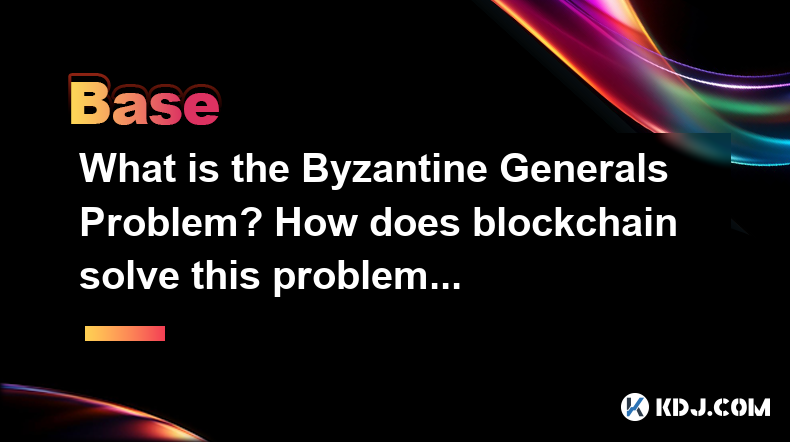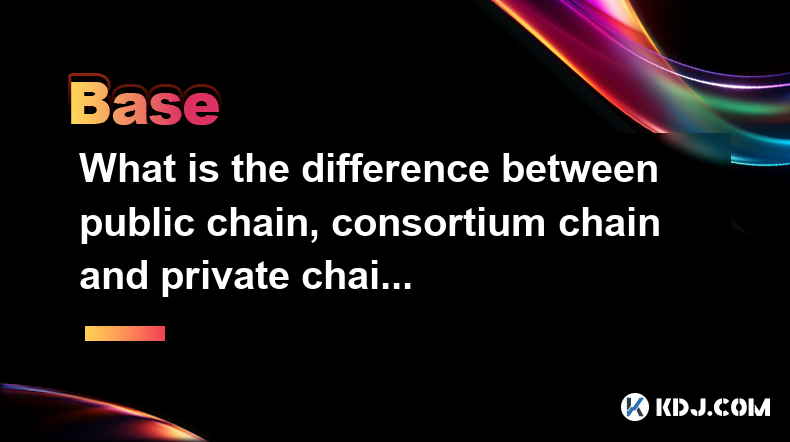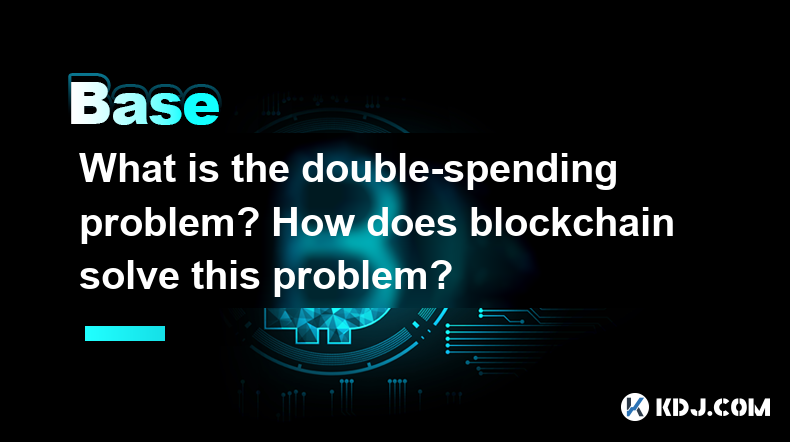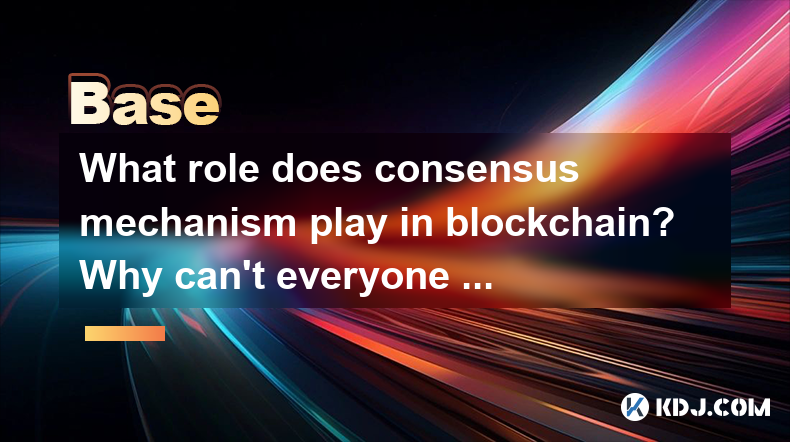-
 Bitcoin
Bitcoin $83,722.9893
1.23% -
 Ethereum
Ethereum $1,810.5735
1.28% -
 Tether USDt
Tether USDt $0.9996
-0.02% -
 XRP
XRP $2.1151
3.10% -
 BNB
BNB $596.6395
0.56% -
 Solana
Solana $120.7681
4.60% -
 USDC
USDC $0.9999
-0.02% -
 Dogecoin
Dogecoin $0.1694
4.74% -
 Cardano
Cardano $0.6583
1.41% -
 TRON
TRON $0.2382
-0.33% -
 UNUS SED LEO
UNUS SED LEO $9.1946
-4.28% -
 Chainlink
Chainlink $12.8578
0.90% -
 Toncoin
Toncoin $3.3119
-6.04% -
 Stellar
Stellar $0.2589
-0.27% -
 Avalanche
Avalanche $18.1320
0.18% -
 Sui
Sui $2.2364
2.89% -
 Shiba Inu
Shiba Inu $0.0...01230
1.44% -
 Hedera
Hedera $0.1630
1.09% -
 Litecoin
Litecoin $84.4843
1.71% -
 Polkadot
Polkadot $4.0245
0.15% -
 MANTRA
MANTRA $6.2830
-1.11% -
 Bitcoin Cash
Bitcoin Cash $299.8353
-0.29% -
 Bitget Token
Bitget Token $4.5359
1.62% -
 Dai
Dai $1.0000
0.01% -
 Ethena USDe
Ethena USDe $0.9992
-0.03% -
 Monero
Monero $217.5804
1.47% -
 Hyperliquid
Hyperliquid $11.8919
1.47% -
 Uniswap
Uniswap $5.8670
0.22% -
 Pi
Pi $0.4649
-17.86% -
 Pepe
Pepe $0.0...07246
7.53%
What is the Byzantine Generals Problem? How does blockchain solve this problem?
Blockchain technology uses consensus mechanisms like Proof of Work to solve the Byzantine Generals Problem, ensuring network-wide agreement despite potential malicious nodes.
Apr 05, 2025 at 06:29 am

The Byzantine Generals Problem is a classic problem in the field of distributed computing and computer science, which has significant implications for the reliability and security of decentralized systems, including blockchain technology. This problem is named after a hypothetical scenario involving several generals of the Byzantine army who must coordinate an attack on a city. The challenge lies in the fact that some of these generals may be traitors, and they can send false messages to disrupt the coordination. In the context of computer systems, this translates to the challenge of achieving consensus among multiple nodes in a network, some of which might be faulty or malicious.
The Byzantine Generals Problem is essentially about achieving consensus in a distributed system where some nodes may fail or act maliciously. In a blockchain network, this problem manifests as the challenge of ensuring that all nodes agree on the state of the ledger, even when some nodes might be attempting to manipulate the data. The problem becomes more complex as the number of nodes increases and the potential for malicious actors grows.
Blockchain technology addresses the Byzantine Generals Problem through various consensus mechanisms, the most well-known of which is Proof of Work (PoW). This mechanism requires nodes, or miners, to solve complex mathematical puzzles to validate transactions and add them to the blockchain. The first miner to solve the puzzle gets to add a new block to the chain and is rewarded with cryptocurrency. This process ensures that a majority of the network must agree on the validity of transactions, making it extremely difficult for a malicious actor to manipulate the ledger.
How Proof of Work Solves the Byzantine Generals Problem
Proof of Work (PoW) is a consensus mechanism that requires nodes to expend computational power to solve cryptographic puzzles. This process is resource-intensive and time-consuming, which makes it costly for malicious actors to attempt to manipulate the blockchain. Here's how PoW works to solve the Byzantine Generals Problem:
- Transaction Validation: When a user initiates a transaction, it is broadcast to the network. Miners collect these transactions into a block.
- Puzzle Solving: Miners compete to solve a cryptographic puzzle, which requires significant computational power. The puzzle's difficulty is adjusted to ensure that a new block is added approximately every 10 minutes in the case of Bitcoin.
- Block Addition: The first miner to solve the puzzle broadcasts the new block to the network. Other nodes verify the solution and the transactions within the block.
- Consensus: If the majority of nodes agree that the block is valid, it is added to the blockchain. This process ensures that a malicious actor would need to control more than 50% of the network's computational power to manipulate the ledger, a scenario known as a 51% attack.
Other Consensus Mechanisms
While Proof of Work is the most widely recognized solution to the Byzantine Generals Problem, other consensus mechanisms have been developed to address the same issue. These include:
- Proof of Stake (PoS): In PoS, validators are chosen to create new blocks based on the number of coins they hold and are willing to "stake" as collateral. This method is less energy-intensive than PoW and still ensures that a majority of the network must agree on the state of the ledger.
- Delegated Proof of Stake (DPoS): DPoS is a variation of PoS where token holders vote for a small number of delegates who are responsible for validating transactions and creating new blocks. This system aims to increase efficiency and scalability while maintaining security.
- Practical Byzantine Fault Tolerance (PBFT): PBFT is a consensus algorithm that can tolerate up to one-third of the nodes being faulty or malicious. It is used in some permissioned blockchain networks where the identities of the nodes are known and trusted.
The Role of Cryptography in Solving the Byzantine Generals Problem
Cryptography plays a crucial role in solving the Byzantine Generals Problem within blockchain networks. It ensures the integrity and security of the data being transmitted and stored on the blockchain. Here are some key cryptographic techniques used:
- Hash Functions: These are used to create a unique digital fingerprint of data. In blockchain, hash functions are used to link blocks together, ensuring that any alteration to a block would change its hash and break the chain.
- Digital Signatures: These are used to verify the authenticity and integrity of transactions. Each transaction is signed with the sender's private key, and nodes can use the sender's public key to verify the signature.
- Public Key Cryptography: This system allows for secure communication over public networks. Each user has a pair of keys: a public key for encryption and a private key for decryption. This ensures that only the intended recipient can access the message.
Practical Implementation of Blockchain Solutions
To understand how blockchain practically implements solutions to the Byzantine Generals Problem, let's consider a step-by-step example of how a transaction is processed and validated in a blockchain network:
- Initiate Transaction: A user initiates a transaction by sending it to the network. The transaction includes details such as the sender's address, the recipient's address, and the amount to be transferred.
- Broadcast Transaction: The transaction is broadcast to all nodes in the network. Each node verifies the transaction's validity, checking aspects such as the sender's balance and the transaction's digital signature.
- Create Block: Miners collect valid transactions into a block. They then compete to solve the cryptographic puzzle required to add the block to the blockchain.
- Solve Puzzle: The first miner to solve the puzzle broadcasts the new block to the network. Other nodes verify the solution and the transactions within the block.
- Achieve Consensus: If the majority of nodes agree that the block is valid, it is added to the blockchain. The miner who solved the puzzle is rewarded with cryptocurrency.
- Update Ledger: All nodes update their copy of the blockchain to reflect the new block. This ensures that all nodes have a consistent view of the ledger.
Challenges and Limitations
While blockchain technology effectively addresses the Byzantine Generals Problem, it is not without its challenges and limitations. Some of these include:
- Scalability: The consensus mechanisms used in blockchain, particularly PoW, can be slow and resource-intensive, limiting the number of transactions that can be processed per second.
- Energy Consumption: PoW requires significant computational power, leading to high energy consumption. This has raised concerns about the environmental impact of blockchain networks.
- 51% Attacks: While rare, it is theoretically possible for a malicious actor to control more than 50% of the network's computational power, allowing them to manipulate the blockchain.
Frequently Asked Questions
Q: Can the Byzantine Generals Problem be completely eliminated in blockchain networks?
A: While blockchain technology significantly mitigates the Byzantine Generals Problem, it cannot be completely eliminated. The effectiveness of the solution depends on the consensus mechanism used and the security measures in place. However, with robust cryptographic techniques and a well-distributed network, the risk can be minimized to a negligible level.
Q: How does the choice of consensus mechanism affect the solution to the Byzantine Generals Problem?
A: Different consensus mechanisms offer varying levels of security, scalability, and energy efficiency. For example, PoW provides high security but is energy-intensive, while PoS is more energy-efficient but may be less secure if a large portion of the network's stake is controlled by a few entities. The choice of mechanism depends on the specific requirements and trade-offs of the blockchain network.
Q: Are there any real-world examples of the Byzantine Generals Problem affecting blockchain networks?
A: Yes, there have been instances where the Byzantine Generals Problem has impacted blockchain networks. One notable example is the 51% attack on the Ethereum Classic network in 2019, where attackers gained control of the majority of the network's mining power and were able to double-spend coins. This incident highlights the importance of maintaining a decentralized and secure network to prevent such attacks.
Q: How do blockchain developers ensure the security of their networks against Byzantine failures?
A: Blockchain developers employ several strategies to enhance security against Byzantine failures. These include implementing robust consensus mechanisms, using advanced cryptographic techniques, regularly updating and patching software vulnerabilities, and maintaining a diverse and decentralized network of nodes. Additionally, some networks use economic incentives to encourage honest behavior and penalize malicious actions.
Disclaimer:info@kdj.com
The information provided is not trading advice. kdj.com does not assume any responsibility for any investments made based on the information provided in this article. Cryptocurrencies are highly volatile and it is highly recommended that you invest with caution after thorough research!
If you believe that the content used on this website infringes your copyright, please contact us immediately (info@kdj.com) and we will delete it promptly.
- GreeksLive has highlighted this signal from the Bitcoin options market. An enormous block trade has awoken the cryptocurrency market.
- 2025-04-05 11:20:12
- Grayscale Files to Convert Its Digital Large Cap Fund Into a Spot Cryptocurrency ETF
- 2025-04-05 11:20:12
- Avalanche's AVAX Token Is Poised for Major Gains, Outpacing Bitcoin and Ether: Standard Chartered
- 2025-04-05 11:15:12
- Mutuum Finance (MUTM) Surges as Investor Interest Grows
- 2025-04-05 11:15:12
- 3 Top Cryptos to Buy Right Now and 1 Project That Will 100x by 2025
- 2025-04-05 11:10:12
- Introducing Jupiter VERIFY, a Community-Driven Verification System Designed to Enhance Transparency and Security
- 2025-04-05 11:10:12
Related knowledge

Why is the oracle called the bridge between blockchain and the real world?
Apr 04,2025 at 04:00am
The concept of an oracle in the cryptocurrency and blockchain world is crucial for understanding how these decentralized systems interact with external data. The oracle is often referred to as the bridge between blockchain and the real world because it serves as a vital intermediary that fetches, verifies, and transmits off-chain data to the on-chain en...

What is the Byzantine Generals Problem? How does blockchain solve this problem?
Apr 05,2025 at 06:29am
The Byzantine Generals Problem is a classic problem in the field of distributed computing and computer science, which has significant implications for the reliability and security of decentralized systems, including blockchain technology. This problem is named after a hypothetical scenario involving several generals of the Byzantine army who must coordi...

What role does the Merkle tree play in the blockchain? Why can it verify data integrity?
Apr 04,2025 at 01:29pm
The Merkle tree plays a crucial role in the blockchain, primarily due to its ability to efficiently and securely verify data integrity. This article will delve into the structure of a Merkle tree, its implementation in blockchain, and how it ensures the integrity of data. Understanding the Structure of a Merkle TreeA Merkle tree, also known as a hash tr...

What is the difference between public chain, consortium chain and private chain? What scenarios are suitable for each?
Apr 04,2025 at 09:21pm
In the world of blockchain technology, understanding the differences between public chains, consortium chains, and private chains is crucial for selecting the right type of blockchain for specific applications. Each type of blockchain has its own unique characteristics and use cases, which we will explore in detail. Understanding Public ChainsPublic cha...

What is the double-spending problem? How does blockchain solve this problem?
Apr 04,2025 at 09:07am
The double-spending problem is a significant challenge in the realm of digital currencies. Double-spending refers to the potential for a digital currency to be spent more than once. This issue arises because digital files, unlike physical cash, can be easily duplicated. If not addressed, double-spending could undermine the integrity and trust in any dig...

What role does consensus mechanism play in blockchain? Why can't everyone keep accounts?
Apr 05,2025 at 12:29am
The consensus mechanism is a fundamental component of blockchain technology, serving as the backbone for maintaining the integrity and security of the network. It ensures that all participants in the network agree on the state of the ledger, which is crucial for the decentralized nature of blockchain. Without a consensus mechanism, the decentralized sys...

Why is the oracle called the bridge between blockchain and the real world?
Apr 04,2025 at 04:00am
The concept of an oracle in the cryptocurrency and blockchain world is crucial for understanding how these decentralized systems interact with external data. The oracle is often referred to as the bridge between blockchain and the real world because it serves as a vital intermediary that fetches, verifies, and transmits off-chain data to the on-chain en...

What is the Byzantine Generals Problem? How does blockchain solve this problem?
Apr 05,2025 at 06:29am
The Byzantine Generals Problem is a classic problem in the field of distributed computing and computer science, which has significant implications for the reliability and security of decentralized systems, including blockchain technology. This problem is named after a hypothetical scenario involving several generals of the Byzantine army who must coordi...

What role does the Merkle tree play in the blockchain? Why can it verify data integrity?
Apr 04,2025 at 01:29pm
The Merkle tree plays a crucial role in the blockchain, primarily due to its ability to efficiently and securely verify data integrity. This article will delve into the structure of a Merkle tree, its implementation in blockchain, and how it ensures the integrity of data. Understanding the Structure of a Merkle TreeA Merkle tree, also known as a hash tr...

What is the difference between public chain, consortium chain and private chain? What scenarios are suitable for each?
Apr 04,2025 at 09:21pm
In the world of blockchain technology, understanding the differences between public chains, consortium chains, and private chains is crucial for selecting the right type of blockchain for specific applications. Each type of blockchain has its own unique characteristics and use cases, which we will explore in detail. Understanding Public ChainsPublic cha...

What is the double-spending problem? How does blockchain solve this problem?
Apr 04,2025 at 09:07am
The double-spending problem is a significant challenge in the realm of digital currencies. Double-spending refers to the potential for a digital currency to be spent more than once. This issue arises because digital files, unlike physical cash, can be easily duplicated. If not addressed, double-spending could undermine the integrity and trust in any dig...

What role does consensus mechanism play in blockchain? Why can't everyone keep accounts?
Apr 05,2025 at 12:29am
The consensus mechanism is a fundamental component of blockchain technology, serving as the backbone for maintaining the integrity and security of the network. It ensures that all participants in the network agree on the state of the ledger, which is crucial for the decentralized nature of blockchain. Without a consensus mechanism, the decentralized sys...
See all articles




















































































